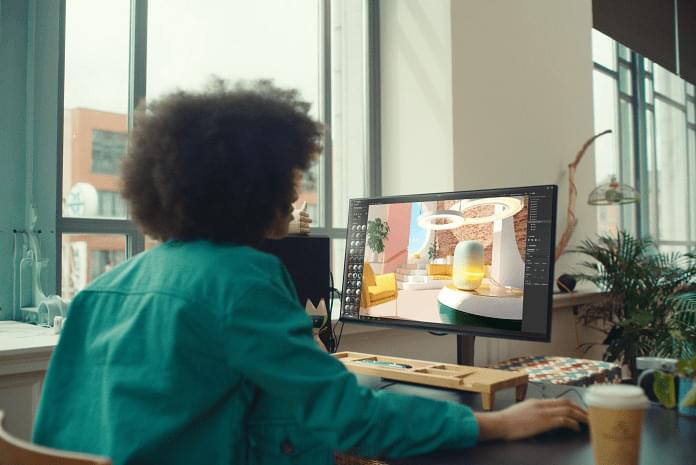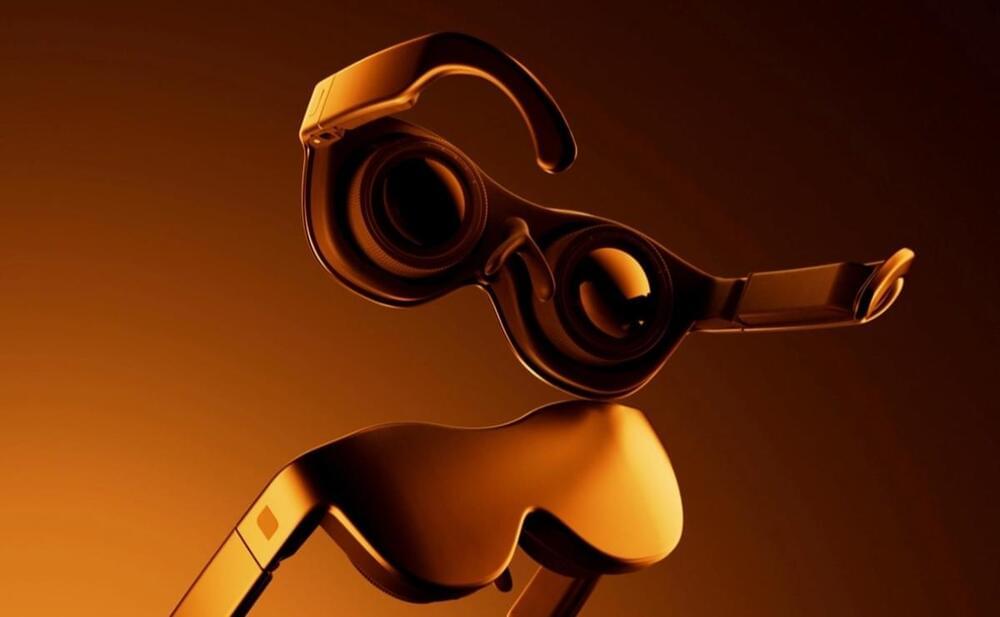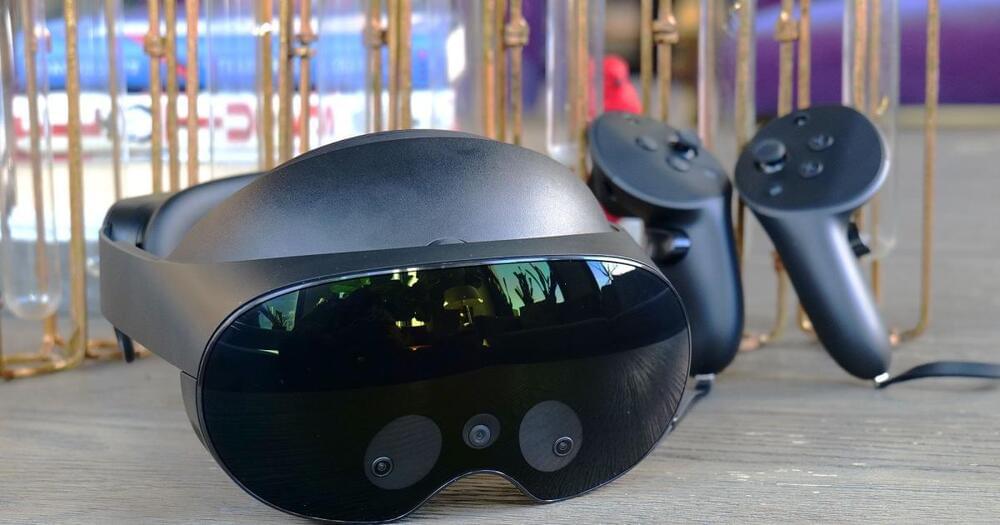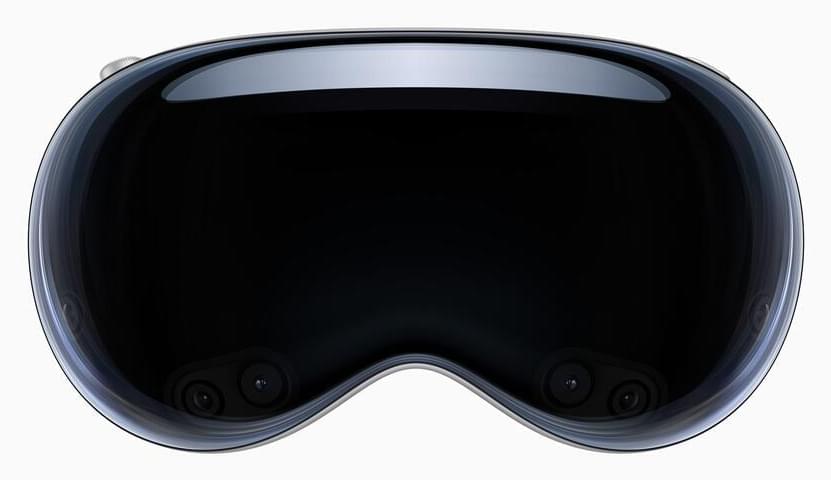DaveAI, a leading virtual sales experience platform, is thrilled to announce the launch of its innovative 3D visualizer for Hindware, a renowned brand in the world of premium sanitaryware. This deployment sets new standards for the virtual showroom experience, providing Hindware customers with an unparalleled level of interactivity and realism.
DaveAI’s 3D visualizer marks an important step forward in the growth of virtual sales, enabling businesses and customers alike to engage with items in a transformative way. Users may now immerse themselves in a visually spectacular virtual environment, where every product detail is brought to life with incredible precision and lifelike accuracy, thanks to modern technology.
“We are excited to partner with DaveAI and bring the 3D visualizer to our customers” said Nitin Dhingra, CDO & Vice President at Hindware Limited. “This cutting-edge technology brings our extensive collection of quality sanitaryware to life in an entirely new way. Our customers can now explore and personalize imaginary bathroom facilities with unprecedented simplicity and realism. This deployment reflects Hindware’s dedication to providing excellent client experiences while remaining at the forefront of industry innovation. We are enthusiastic about the unlimited possibilities that this collaboration opens up, and are looking forward to seeing our customers interact with our products in this immersive virtual environment.”





